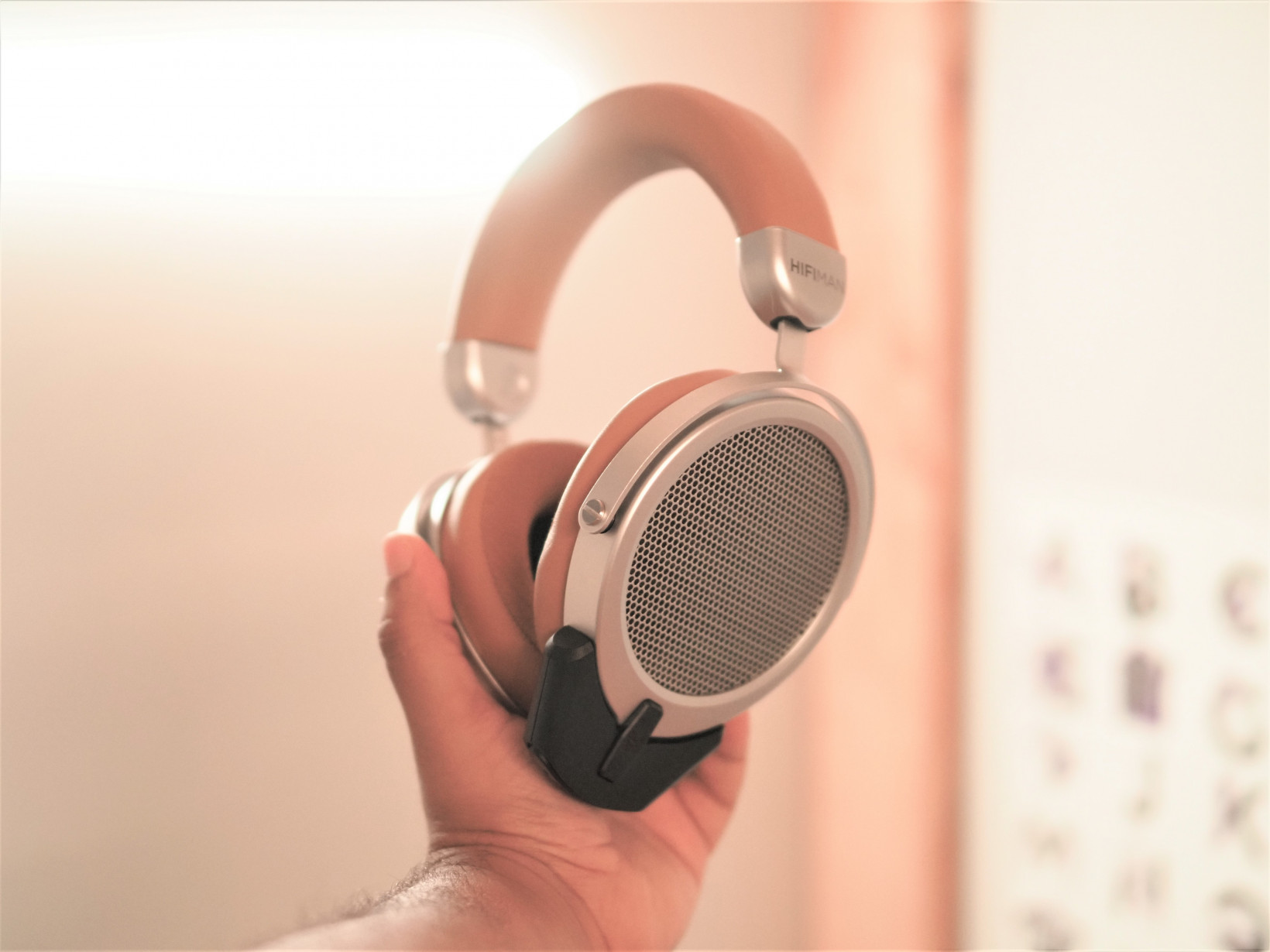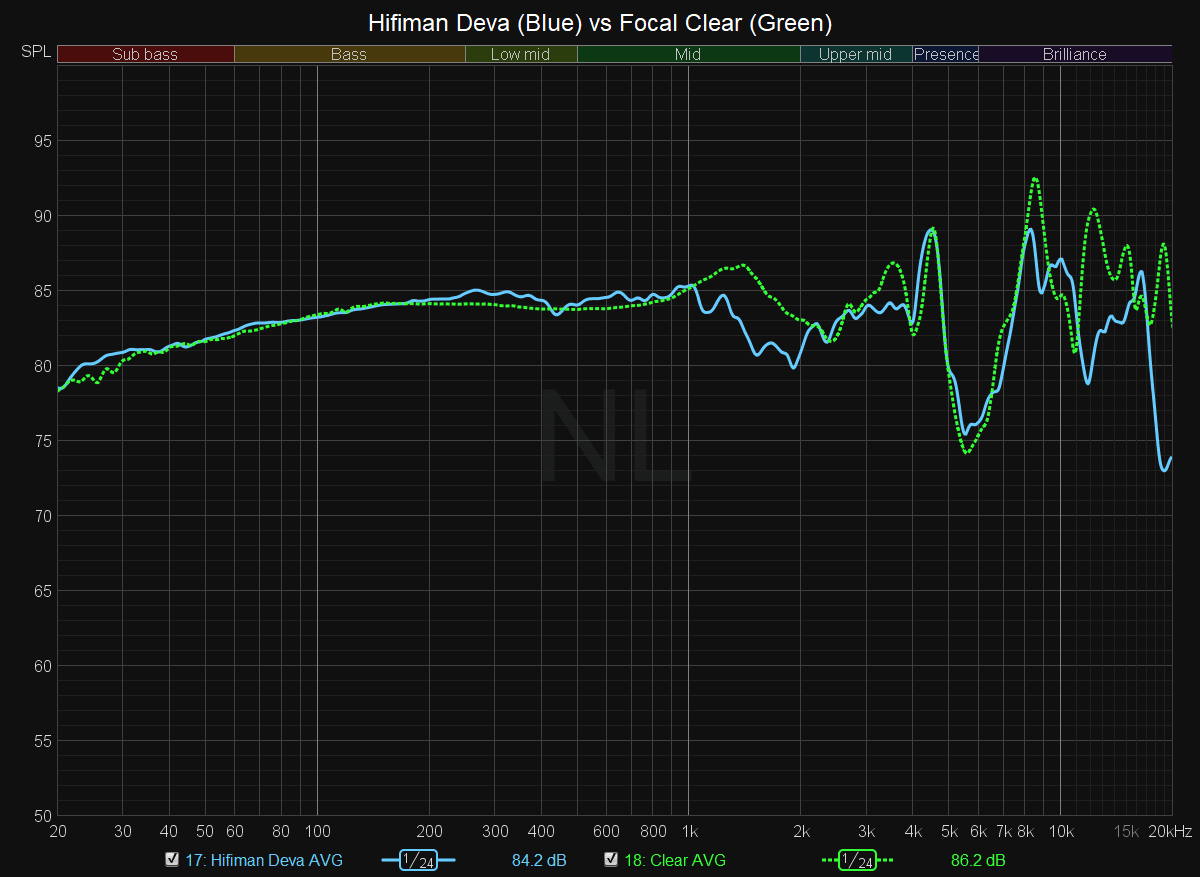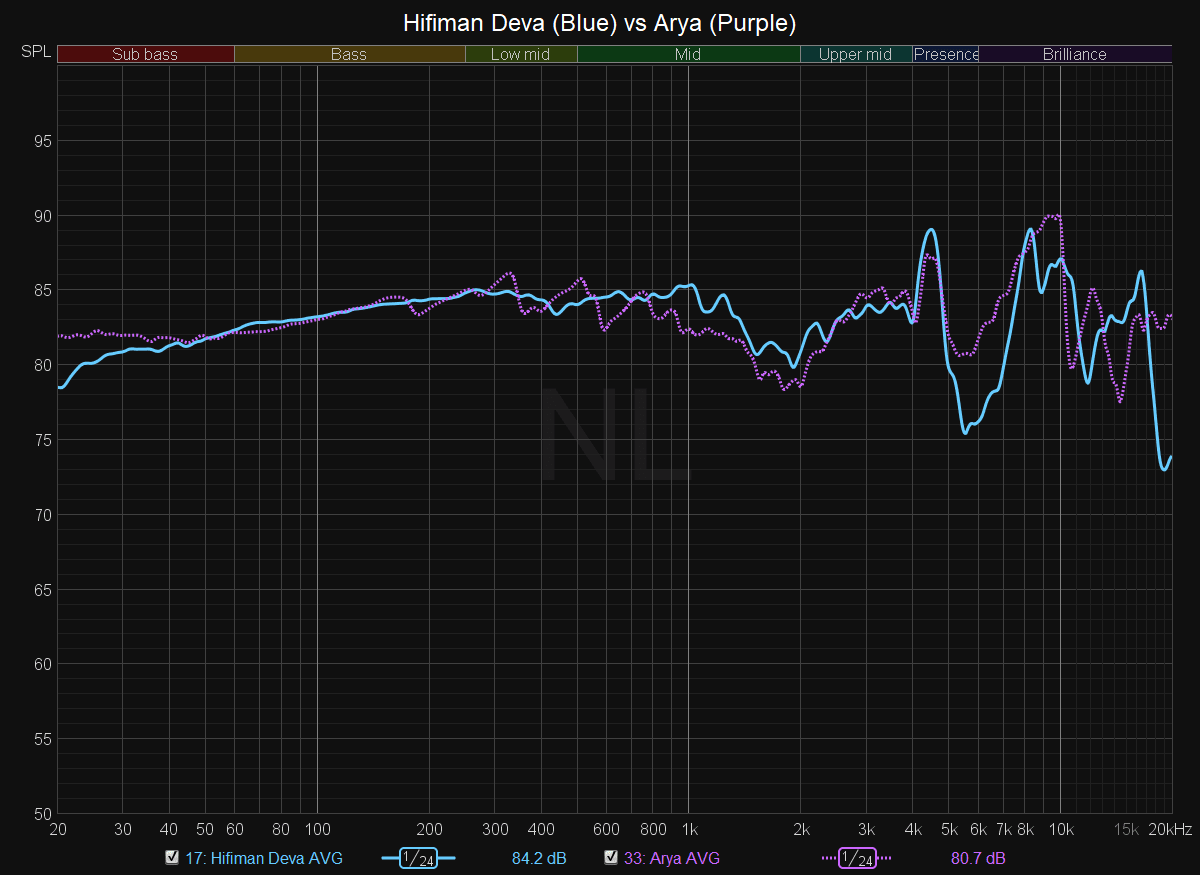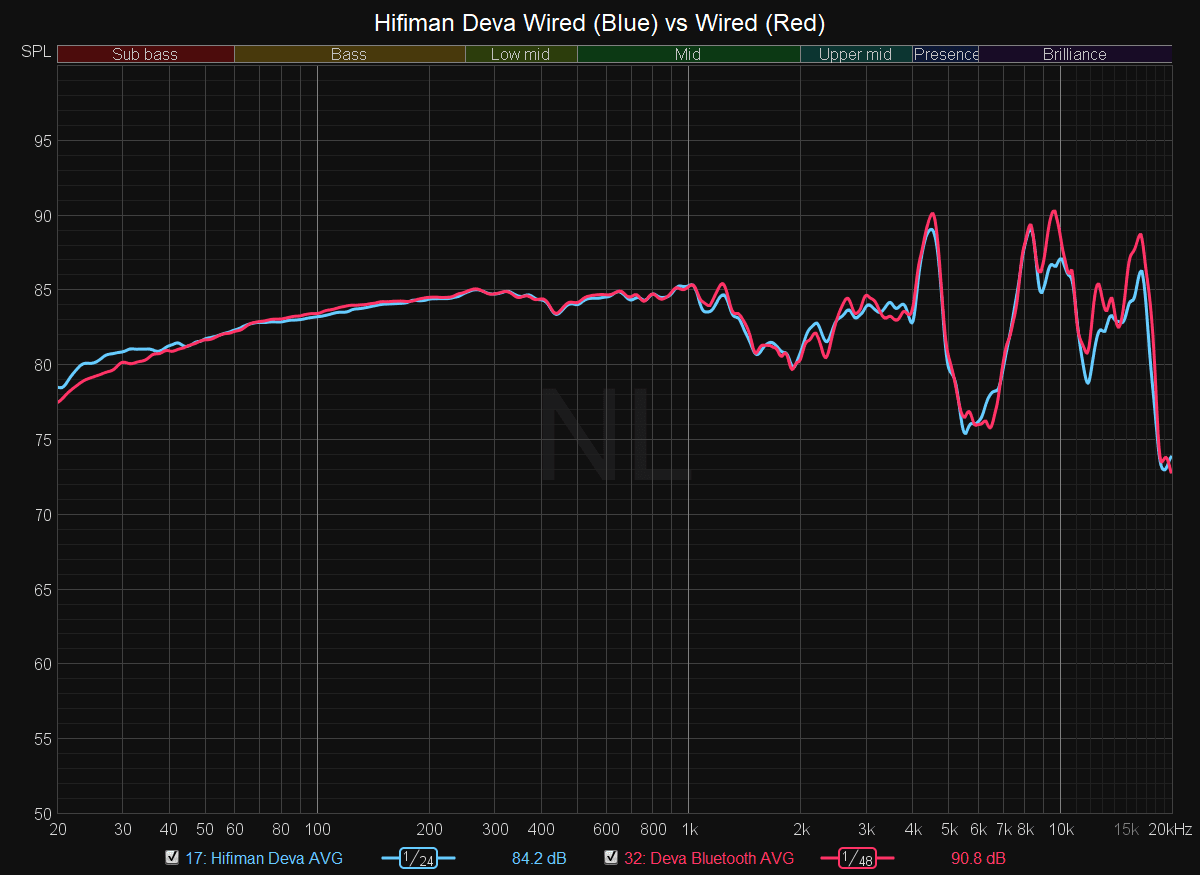Slowly but surely, however, things started to change. Bluetooth protocols got better. Battery life improved. And wireless headphones actually began to sound good. In any case, the transition to Bluetooth headphones was all but inevitable, considering almost every high-end phone now omits a headphone jack. Now, even audio brands firmly entrenched in the hi-fi niche are making Bluetooth headphones a reality. Take the Hifiman Deva: An open-back, planar magnetic pair of headphones retailing for $300, it provides an audio experience that, for many users, could very well be the last high-end headphone they need. Not only do the headphones come with a removable Bluetooth module, but to this reviewer’s ears, they justify their price on sound quality alone. The build quality isn’t too shabby either. They look nice, and from a distance, you might just confuse them for a silvery metal and leather design, though holding them reveals a plastic, pleather, and cloth construction instead. I don’t mind — the Deva are lightweight and supremely comfortable, with big, cushy pads that let me wear the headphones throughout an entire workday. The breathable cloth material and open-back nature mean they don’t get too warm either. My one caveat on the design given the price point is that if you plan on using them wirelessly, the Bluetooth module — which Hifiman calls the Bluemini — is not at all aesthetically integrated into the design. When attached, it looks like there’s a misshapen wart protruding from the headphones. Granted, given they’re massive open-back headphones, I doubt Hifiman expects many buyers will be using them on their commutes or in other situations where style matters much. The Bluetooth here is more of a convenience for listening at home or in the office; portability is not a priority.
The module itself provides a fair bit of functionality. Connecting via the Deva’s 3.5mm jack (and yes, they do include a 3.5mm cable), it supports AptX, AptX HD, and LDAC codecs. It’s all but devoid of hiss, and you can use the headphone’s internal DAC via USB as well. Mercifully, the headphones charge via USB-C too, which is a good thing considering the battery life is only rated at 7-10 hours. That’s not awful in the grand scheme of things, but you’ll be charging more often than with most modern Bluetooth headphones. Bluetooth range is excellent, allowing me to listen clearly from opposite ends of my apartment, but you’ll want to keep your source device nearby, as the only controls accessible via the Bluemini are the play and pause. These caveats mostly melt away when you start listening to the headphones; to my ears, these sound fantastic for the $300 price. Their presentation is rather speaker-like, with the only real caveat I can point to being slightly less authority in the sub-bass than I consider ideal. But some might like that; it gives the impression of ‘tight’ bass that might suit acoustic genres and classical, but suffers a bit when my playlists turn to hip-hop, rap, and other genres with more synthesized sounds. Mids and treble both present and well balanced, with the mids being perhaps a hair less forward than I’d like, but this depends on the track. I get a good sense of detail retrieval from the headphones too, and the sound stage is expansive without sounding too diffuse in the imaging department. In fact, the Deva sound alarmingly close to one of my all-time favorite headphones, the Focal Clear — headphones which retail for $1,500. That similarity isn’t just conjecture. Other than the Deva having slightly more laid back upper mids, the Deva’s frequency response appears to be tuned very similarly to the Focal classic.
The above graph shows the Hifiman Deva’s frequency response as captured with the MiniDSP ears. This is not a professional measurement rig, and the measurements below shouldn’t be taken as reference captures of the headphones’ frequency response, but the EARS suffices for direct comparisons with other headphones measured in the same rig. The calibration I’m using roughly follows the Harman target curve, such that a headphone that measures flattish should be perceived as neutral by many listeners — it certainly follows for me. We can again see how the Deva is missing just a bit of sub-bass extension when compared to the (again, much more expensive) Hifiman Arya.
That headphone, to my ear, has just the right amount of bass. Other than my being a sucker for sub-bass, and despite the price differential, I actually think the Deva sounds every bit as good as the Arya. Headphone measurements can be difficult to interpret, but overall the Deva puts in a solid performance without any anomalies I’d consider particularly egregious (the messiness in the treble is partly due to the quality of my measurement rig). It’s also nice to see that using Bluetooth does not majorly affect frequency response:
These differences are within the range of measurement error. Though I nitpicked on a few elements, truthfully I have little to complain about the Hifiman Deva. Considering the caliber of headphone their sound quality can compete with, I am more than happy to recommend them at their MSRP; they are perhaps the best headphones I’ve heard at the price point, and that they also happen to work via Bluetooth is just icing on the cake.



